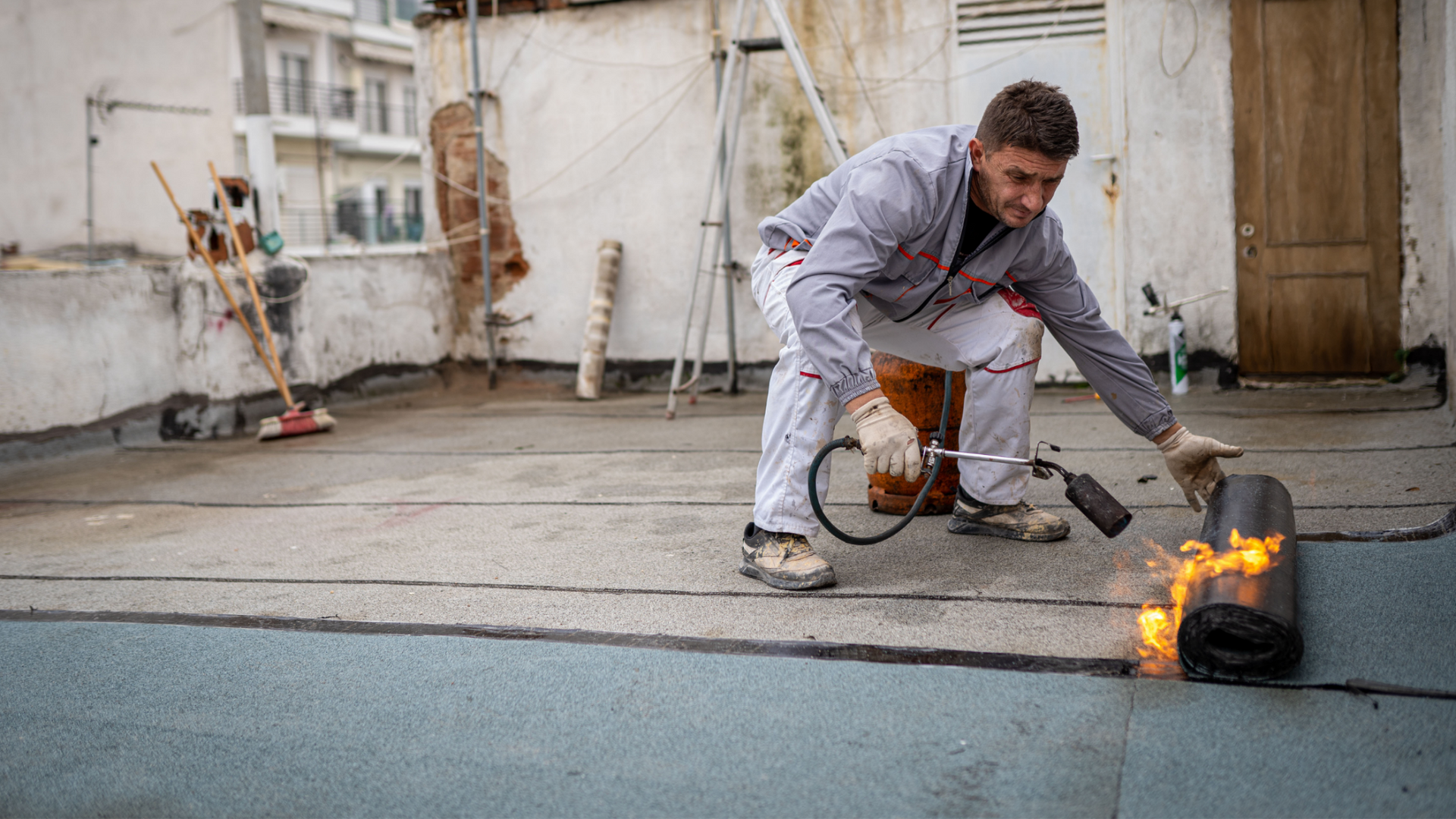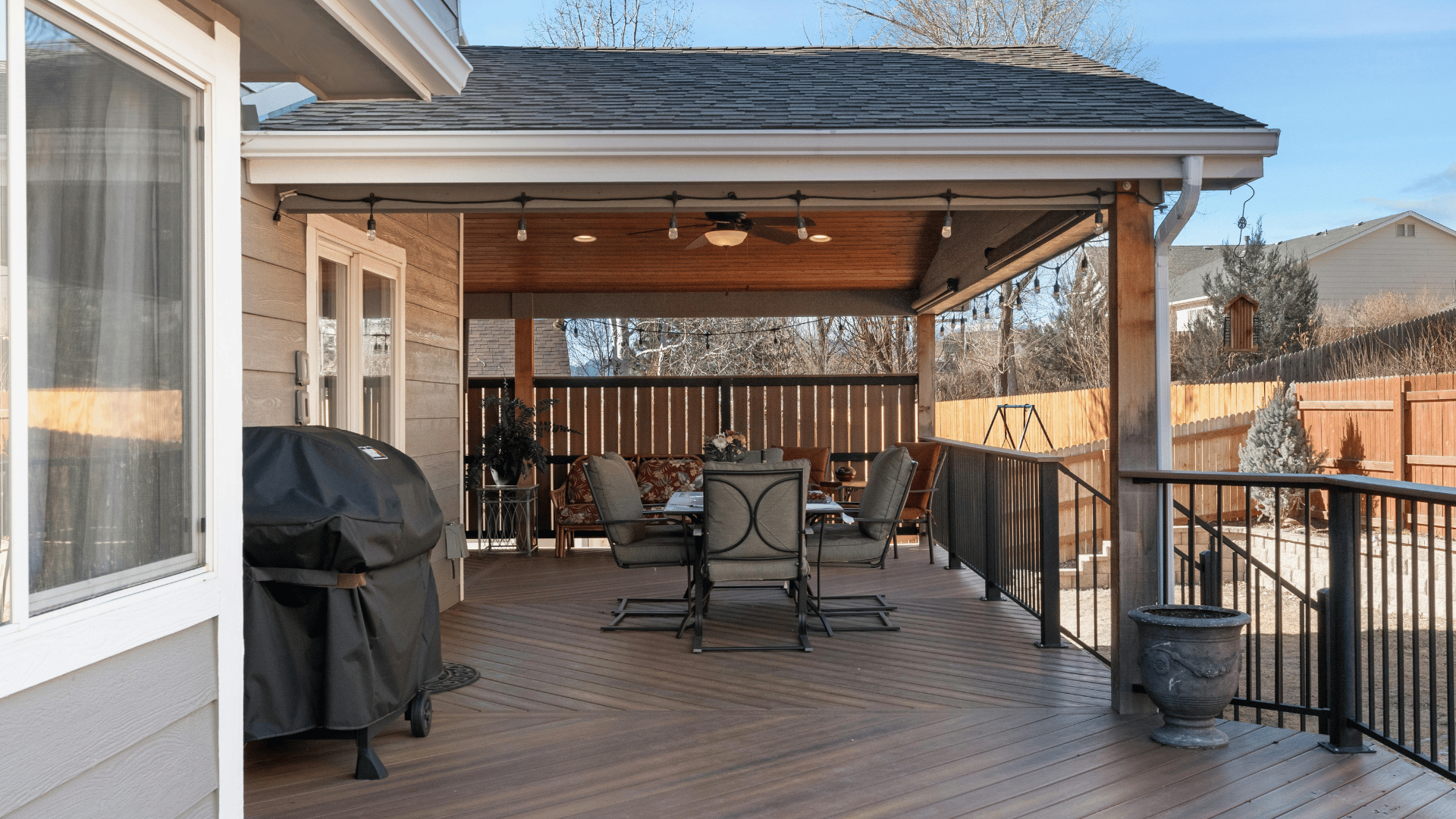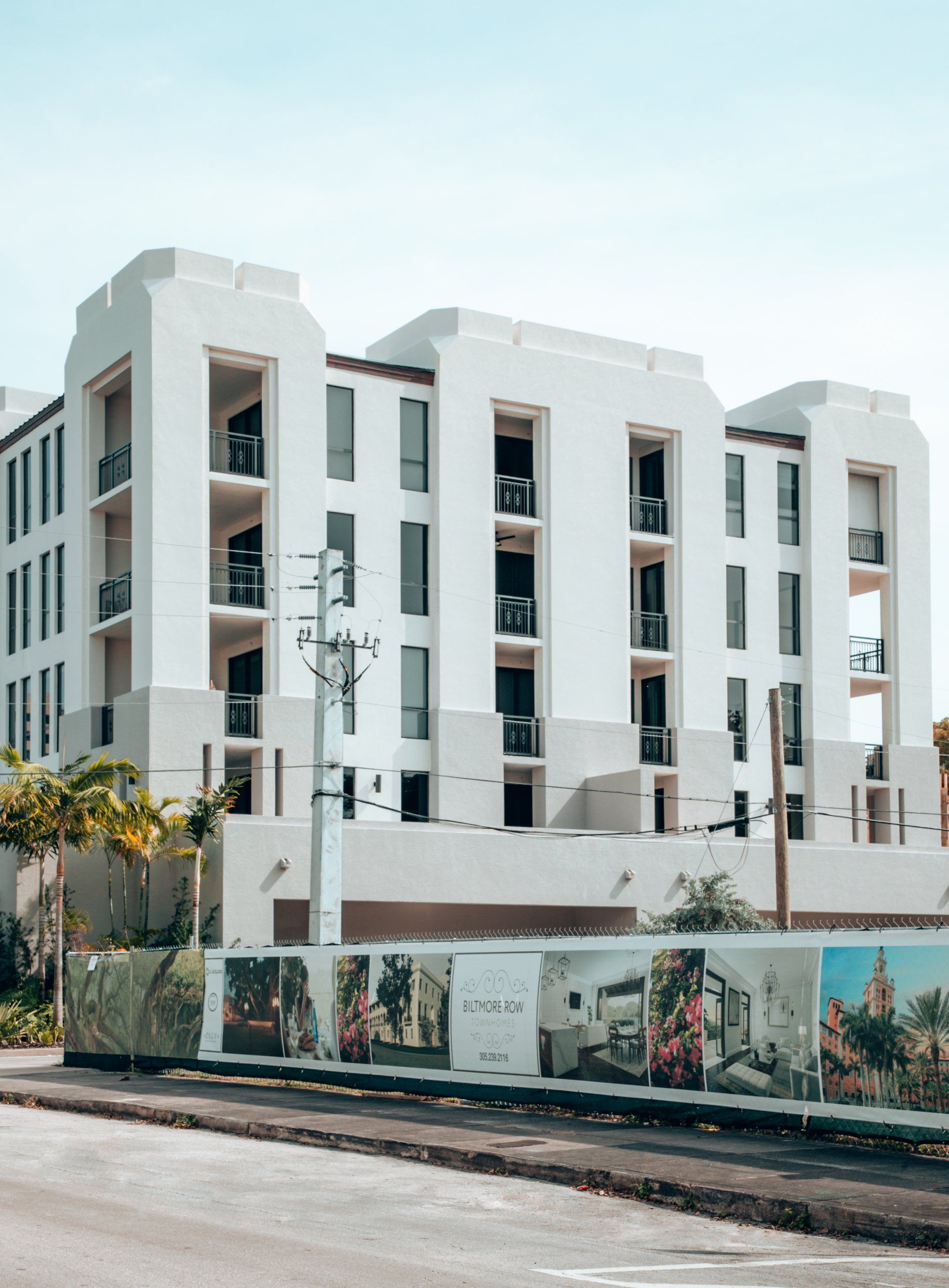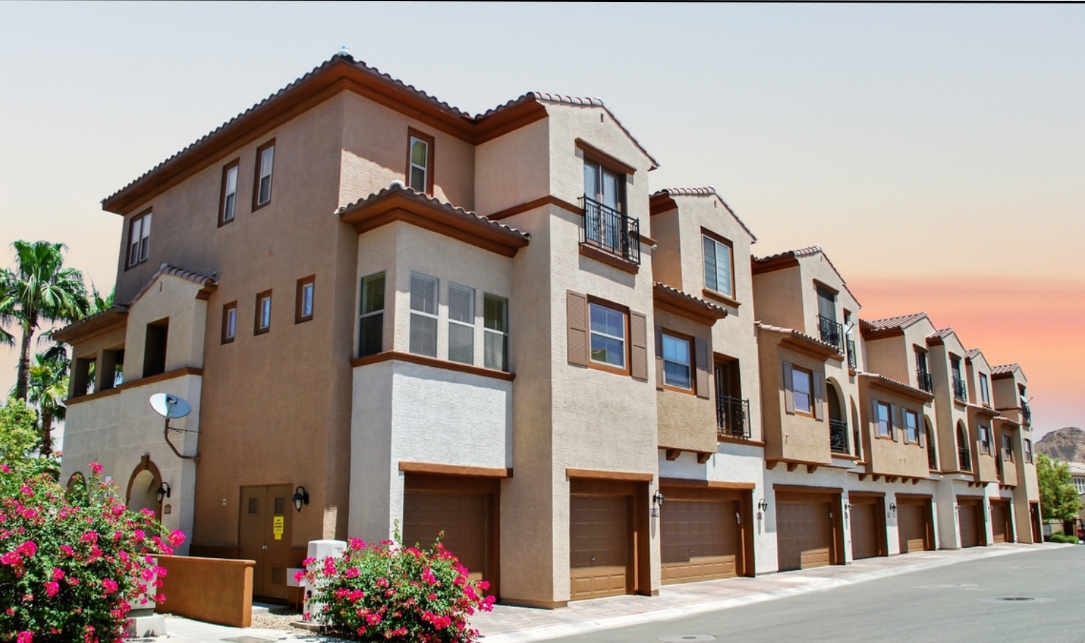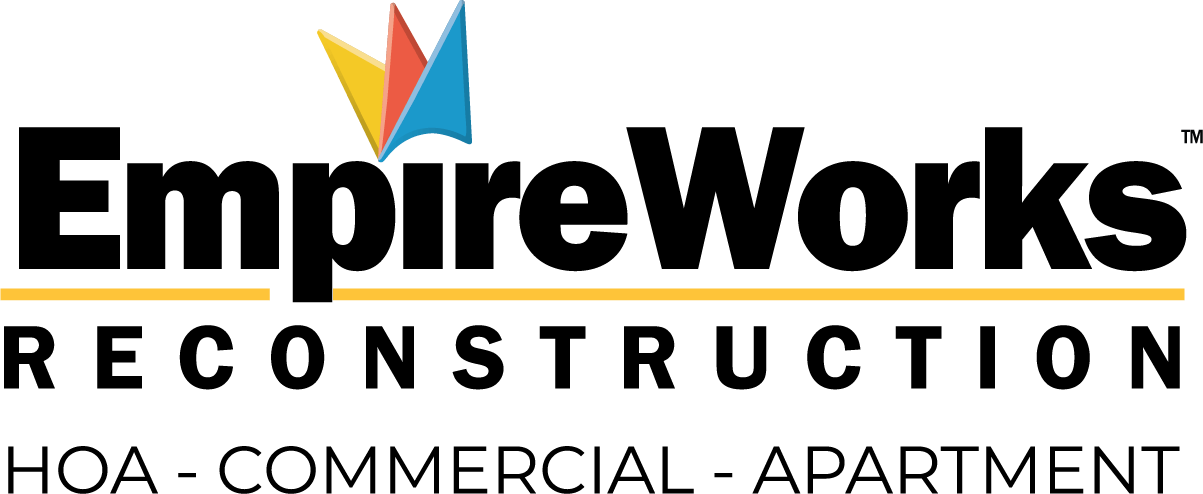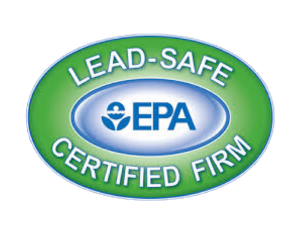How to Identify and Fix Structural Damage in Balconies
Balconies provide a blend of functionality and charm, creating outdoor spaces to relax and enjoy the view. These structures require diligent care to ensure they remain safe, durable, and aesthetically pleasing. In this guide, we’ll explore how to identify common balcony issues, implement effective repairs, and ensure long-term safety and functionality.
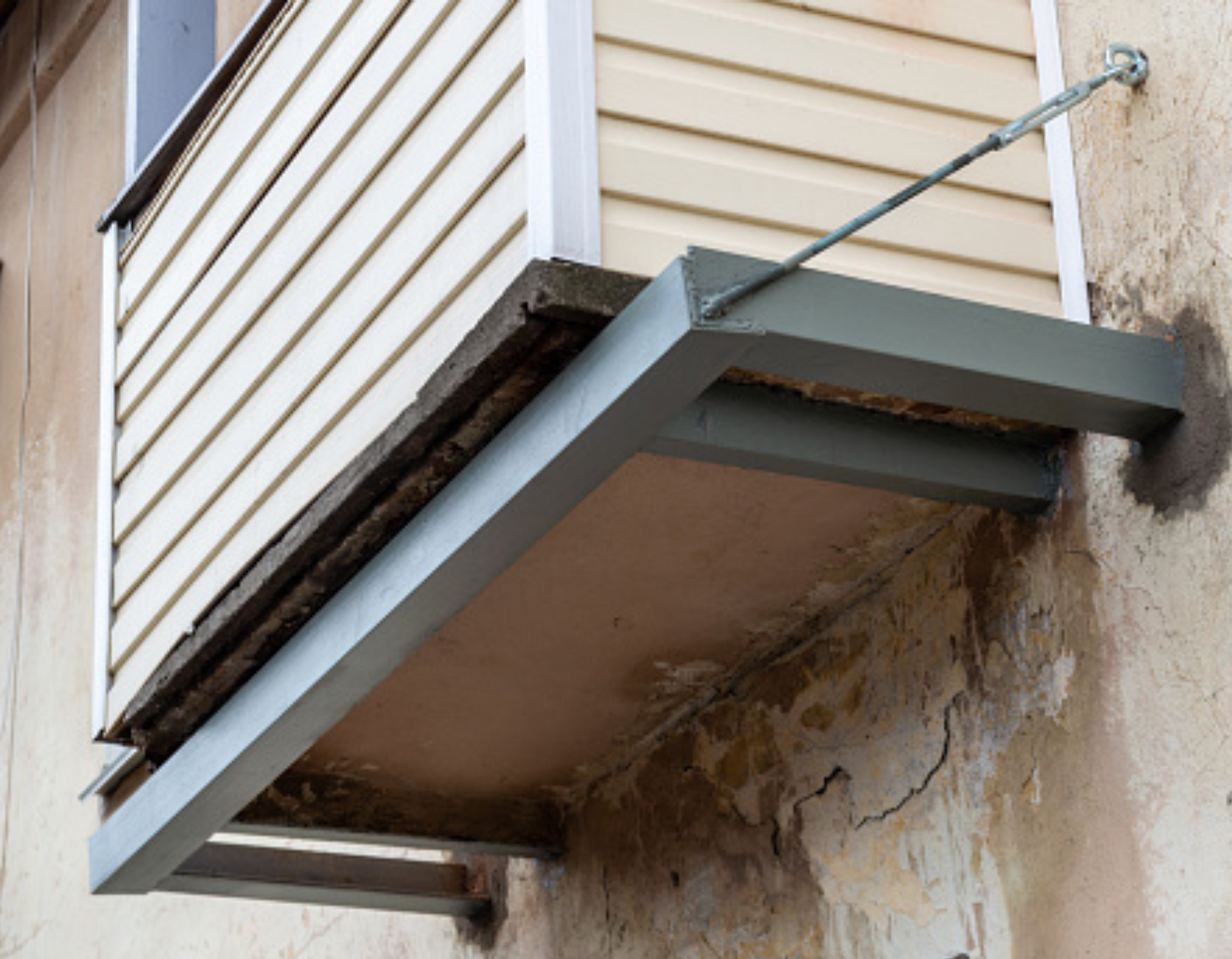
Understanding the Importance of Balcony Maintenance
Maintaining a balcony involves more than just surface-level cleaning or aesthetic upkeep. It requires a focus on structural integrity, safety, and compliance with local regulations. Consistent maintenance can prevent costly repairs and enhance the longevity of your property.
Why Balcony Structural Integrity Matters
Balconies are constantly exposed to external forces such as weight and distress from occupants, fluctuating weather conditions, and natural aging. A structurally compromised balcony is not just a liability—it’s a safety hazard. Ensuring regular inspections and upkeep safeguards the people who use the balcony and preserves the property’s overall value.
Neglecting these responsibilities could lead to severe risks:
- Accidents: Weak railings, unstable floors, or collapsing balconies can cause injury or worse.
- Legal Liabilities: In rental properties, landlords are required by law to ensure the safety of balconies, with failure to comply leading to lawsuits.
- Financial Costs: Post-incident repairs or rebuilds are significantly more expensive than preventive maintenance.
Risks of Neglecting Balcony Inspections
Skipping regular inspections can result in unnoticed issues worsening over time. Common consequences include:
- Water infiltration through unnoticed cracks.
- Rust weakening metal components, leading to potential failure.
- Deterioration of wooden structures due to dry rot or warping.
Proactive inspections allow property owners to address small problems before they escalate, saving money and ensuring safety.
Common Types of Balcony Structural Damage
Balconies are subjected to various stressors that can lead to structural degradation. Recognizing these signs of damage early is crucial for timely intervention.
Cracks in Concrete and Stucco
Concrete is a durable material, but it’s not immune to wear and tear. Small cracks may appear harmless but can allow water to seep into the structure, causing spalling or corrosion of steel reinforcements. Addressing these cracks promptly is essential to prevent further damage.
Rust and Corrosion in Metal Components
Metal railings, fasteners, and supports are prone to rust when exposed to moisture. Flaking paint or bubbling often signals underlying corrosion. If left unchecked, rust can weaken the entire support system, leading to safety risks.
Dry Rot and Warping in Wooden Structures
Wooden balconies are vulnerable to fungal decay (dry rot) when exposed to moisture for extended periods. Warping wood not only compromises aesthetics but also indicates structural instability. Regular treatment and sealing are essential to combat these issues.
Poor Drainage and Pooling Water
Inadequate drainage leads to water pooling on balcony surfaces, which accelerates material degradation and promotes mold growth. Ensuring proper drainage prevents these problems and extends the balcony’s lifespan.
How to Inspect Your Balcony for Damage
Routine inspections are the cornerstone of effective balcony maintenance. Whether you’re a homeowner or landlord, understanding how to assess the condition of your balcony can help you catch problems early.
Visible Signs to Look For
During a visual inspection, check for:
- Cracks: Look for hairline or larger cracks in concrete or stucco surfaces.
- Rust: Examine metal components for rust spots or peeling paint.
- Loose Railings: Test the stability of railings to ensure they’re securely attached.
Even minor signs of damage warrant further investigation, as they could indicate underlying issues.
Hidden Issues Requiring Professional Assessment
Not all problems are visible to the naked eye. Subsurface damage, such as rusted connectors or compromised joints, often requires specialized tools and professional expertise to detect. For instance, water infiltration may weaken structural components without showing external signs until the damage is severe.
Role of Professional Balcony Inspection Reports
A professional inspection provides a comprehensive evaluation of the balcony’s structural integrity. These reports typically include:
- Detailed findings about visible and hidden damage.
- Recommendations for immediate and long-term repairs.
- Compliance checks with local building codes and safety regulations.
Effective Strategies for Repairing Balcony Damage
Repairing balcony damage is not a one-size-fits-all approach. The type of repair depends on the severity of the issue, the materials involved, and the long-term goals for the structure.
When to Repair vs. Replace Balcony Components
- Repair: Minor issues like small cracks, light rust, or loose screws can often be fixed without replacing major components.
- Replace: Extensive damage, such as advanced dry rot or corroded support beams, requires component replacement to restore safety and functionality.
Repair Techniques for Common Problems
- Cracks in Concrete: Clean the area to remove debris, apply a high-strength filler, and seal the surface to prevent water infiltration.
- Rust on Metal: Sand down rusted areas, apply a rust converter, and coat with a protective sealant or weather-resistant paint.
- Dry Rot in Wood: Remove decayed sections, treat the area with a wood preservative, and replace with pressure-treated or rot-resistant wood.
Choosing Durable Materials for Repairs
Investing in high-quality materials during repairs enhances the balcony’s durability:
- Use stainless steel or galvanized steel for metal components to resist corrosion.
- Opt for pressure-treated wood or weather-resistant alternatives for wooden balconies.
- Seal the concrete with waterproof coatings to protect against moisture.
Preventive Measures to Avoid Structural Damage
Prevention is the most effective and cost-efficient strategy for maintaining balcony safety and functionality. Learn these preventive measures that can help you avoid expensive repair costs in the future.
- Regular Maintenance and Inspections
- Conduct routine visual checks at least twice a year and after extreme weather events.
- Schedule professional inspections annually for a comprehensive evaluation.
- Waterproofing and Drainage Solutions
- Ensure balconies are sloped properly to direct water away from the structure.
- Install or maintain drainage systems to prevent pooling water.
- Reapply waterproof coatings every few years to protect surfaces from moisture.
During initial construction or renovations, use materials that withstand environmental stressors. Durable materials reduce the frequency of repairs and extend the lifespan of the balcony.
Compliance with Safety Regulations and Legal Standards
Ensuring compliance with local regulations not only enhances safety but also protects property owners from legal and financial risks. There are regulatory requirements imposed in each state to ensure that structures remain safe for occupants and comply with safety codes. For example, in California, there is a regulation that mandates inspections for elevated elements in multi-family buildings every six years.
Meeting safety standards protects against liabilities and enhances tenant trust. Compliance also demonstrates proactive property management, which can improve property value and marketability.
The Role of Professionals in Balcony Repairs
Balcony repairs, especially for structural damage, require expertise to ensure they’re done correctly and safely. Working with experienced companies like EmpireWorks can make a significant difference. They specialize in exterior reconstruction and bring a wealth of knowledge and resources to handle complex balcony repairs.
From thorough assessments to high-quality craftsmanship, EmpireWorks helps property owners restore structural integrity. They use advanced tools to identify issues, recommend practical solutions, and execute repairs that meet safety standards. This guarantees a balcony that is safe, durable, and built to withstand different weather conditions.
Conclusion
Balcony maintenance is a key responsibility for property owners. By conducting regular inspections, addressing damage promptly, and using durable materials for repairs, you can ensure your balcony remains safe and functional for years to come. Engaging professionals for complex issues and adhering to safety regulations not only protects occupants but also preserves your property’s value. A well-maintained balcony is more than an extension of your living space—it’s a lasting investment in safety and aesthetics.
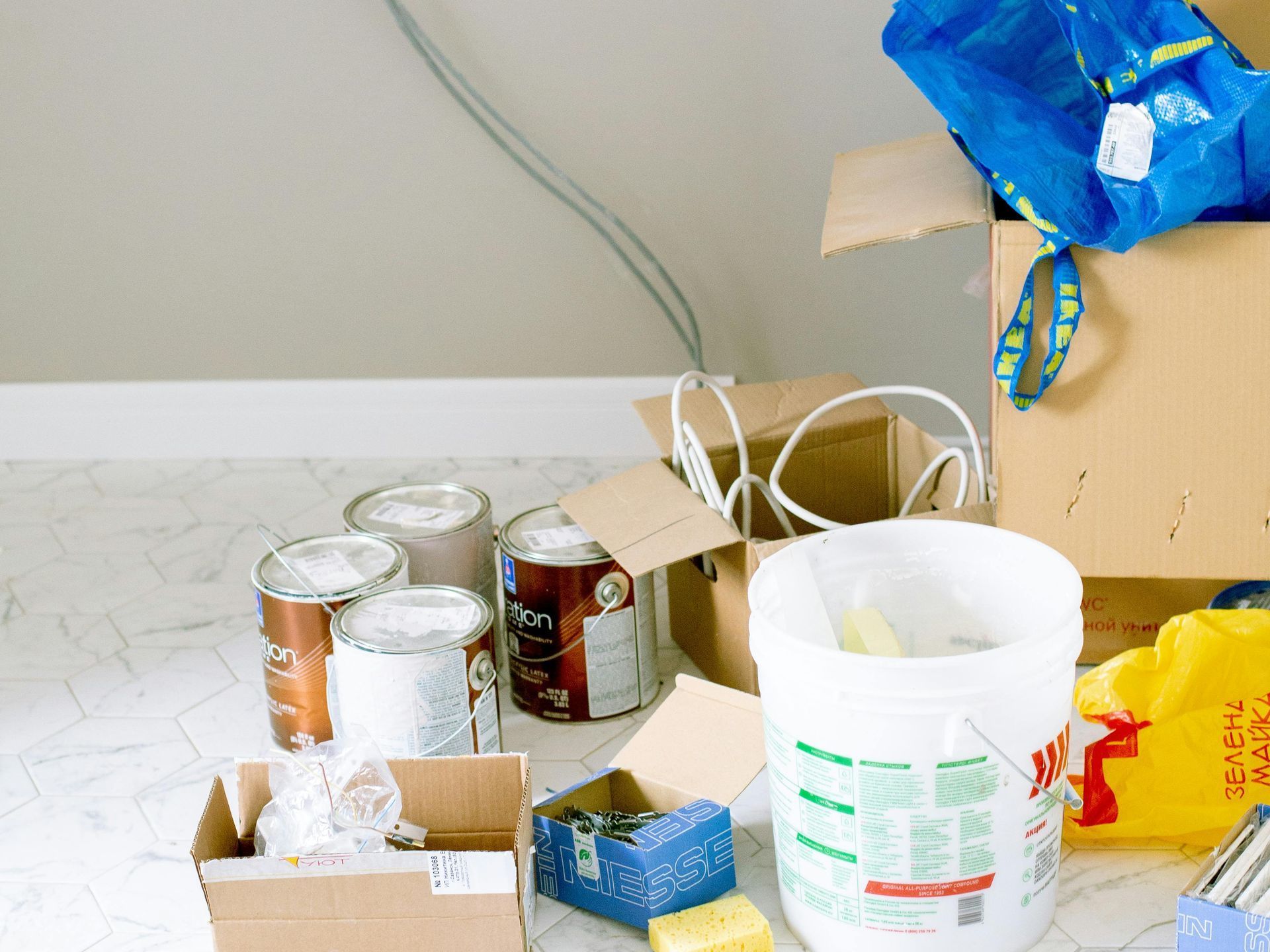
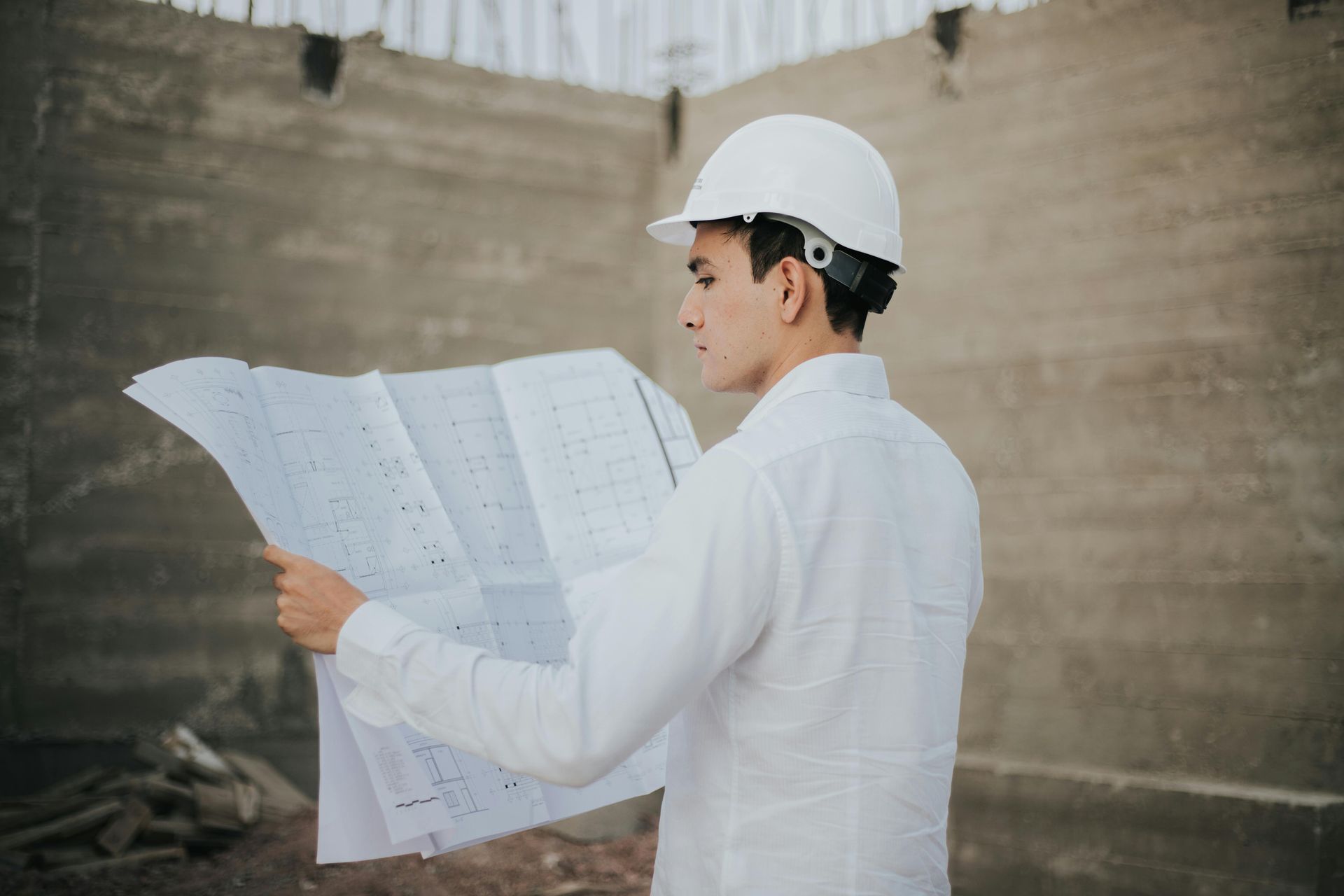
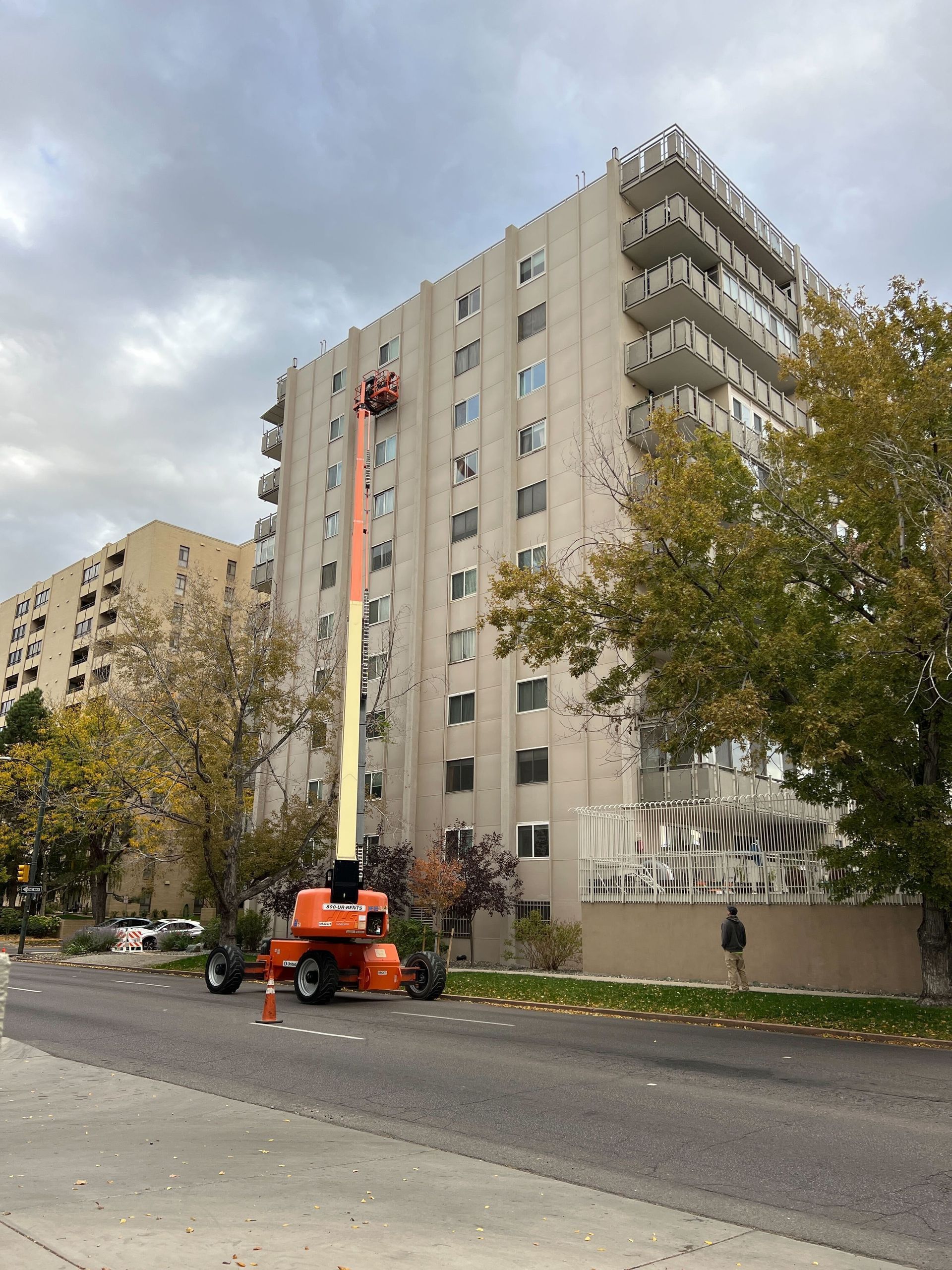
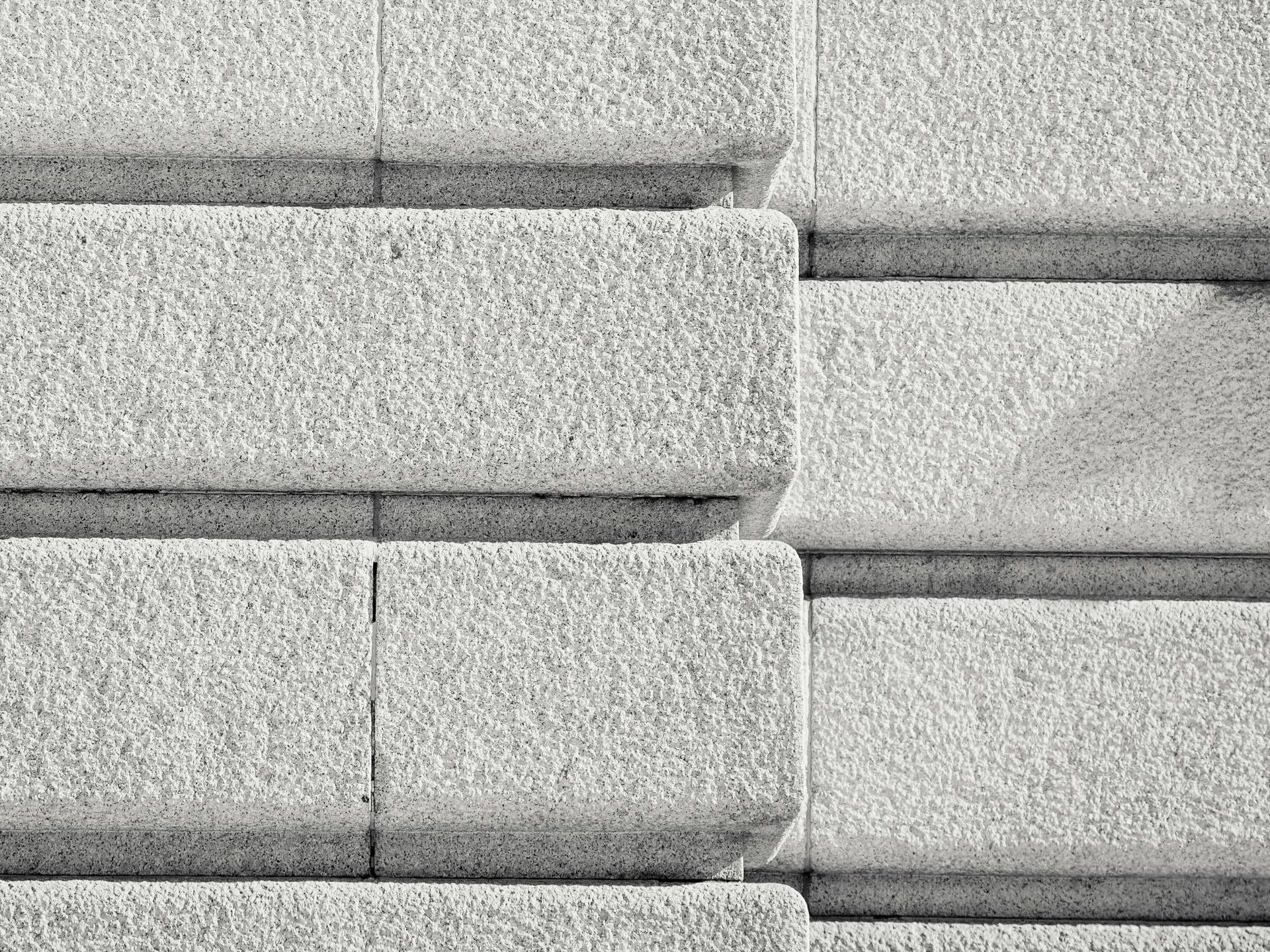
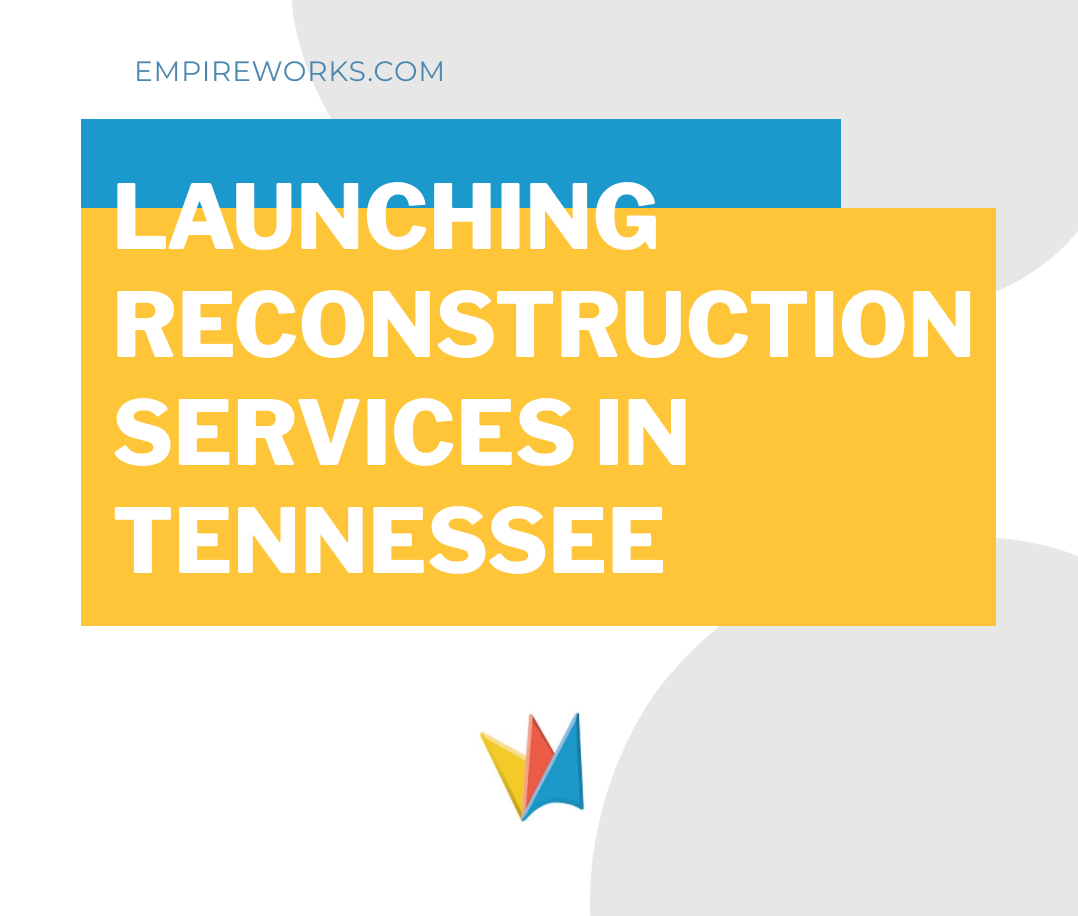
EmpireWorks Reconstruction Launches Top-Tier Reconstruction Services to Middle Tennessee Communities
